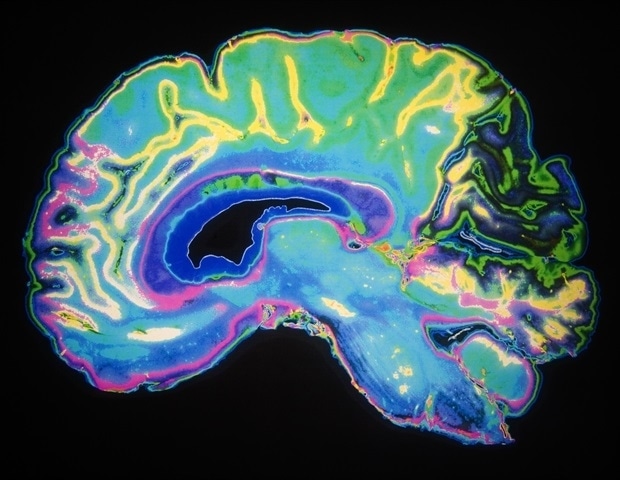 Reviewed
Reviewed
Orbitofrontal cortex holds clues for understanding and preventing depression
 Reviewed
Reviewed
New research published in JCCP Advances indicates that experiencing negative life events (NLE) during childhood is linked with a higher risk of developing symptoms of depression during young adulthood. Thinning of the orbitofrontal cortex, a region in the brain that affects emotion, during adolescence was also associated with increased depressive symptoms later in life.
The study involved brain imaging tests conducted in 321 participants across four time points from ages 14 to 22 years. Investigators also used a questionnaire at the first time point to measure NLE, and they tested for depressive symptoms at the fourth time point.
A higher burden of NLE, a thicker orbitofrontal cortex at the age of 14 years, and an accelerated orbitofrontal cortex thinning across adolescence predicted young adults' depressive symptoms. The researchers did not identify a relationship between NLE and orbitofrontal cortex thickness.
"Our results suggest that NLE assessment in childhood and adolescence in addition to acute NLE may be warranted in clinical psychology and psychotherapy to identify individuals at risk for depression," the authors wrote. "Additionally, accelerated thinning of prefrontal cortical areas may be an additional risk factor for the development of depressive symptoms, which should receive further attention in efforts to prevent psychological disorders in young adults."
Wiley
Backhausen, L. L., et al. (2023) Interplay of early negative life events, development of orbitofrontal cortical thickness and depression in young adulthood. JCCP Advances. https://doi.org/10.1002/jcv2.12210.
Posted in: Child Health News | Medical Science News | Medical Research News | Medical Condition News
Tags: Brain, Cortex, Depression, Imaging, Psychiatry, Psychology, Psychotherapy, Research


